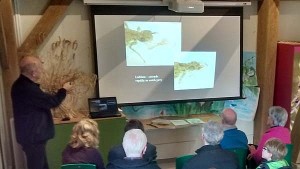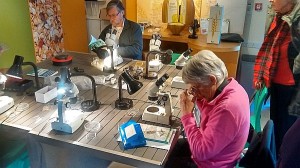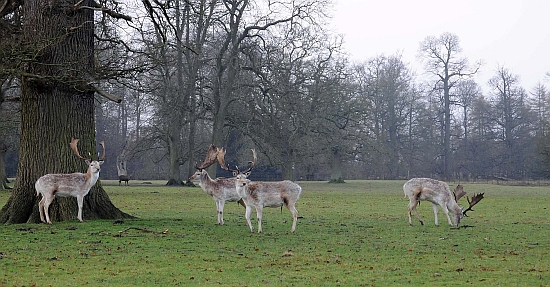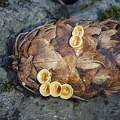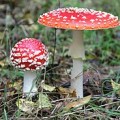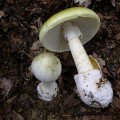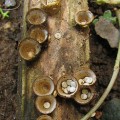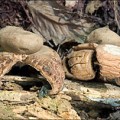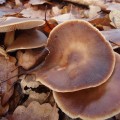Barton Hills National Nature Reserve is mixed habitat of chalk grassland and beech woodland in the north Chilterns. The site is open access, and there are a number of footpaths.
Wild flowers cover the chalk grassland, including rarities such as the Pasque flower, greater pignut and field fleawort, plus classic downland plants like marjoram, rock rose and scabious. In summer you will see plenty of butterflies including chalkhill blue, marbled white and dark green fritillary.
The woodland contains an important population of large leaved lime trees and is also home to the scarce plant herb paris. Also, look out for mammals including stoats, weasels and hares.
The Nature Reserve is on the south-east side of Barton-le-Clay.


